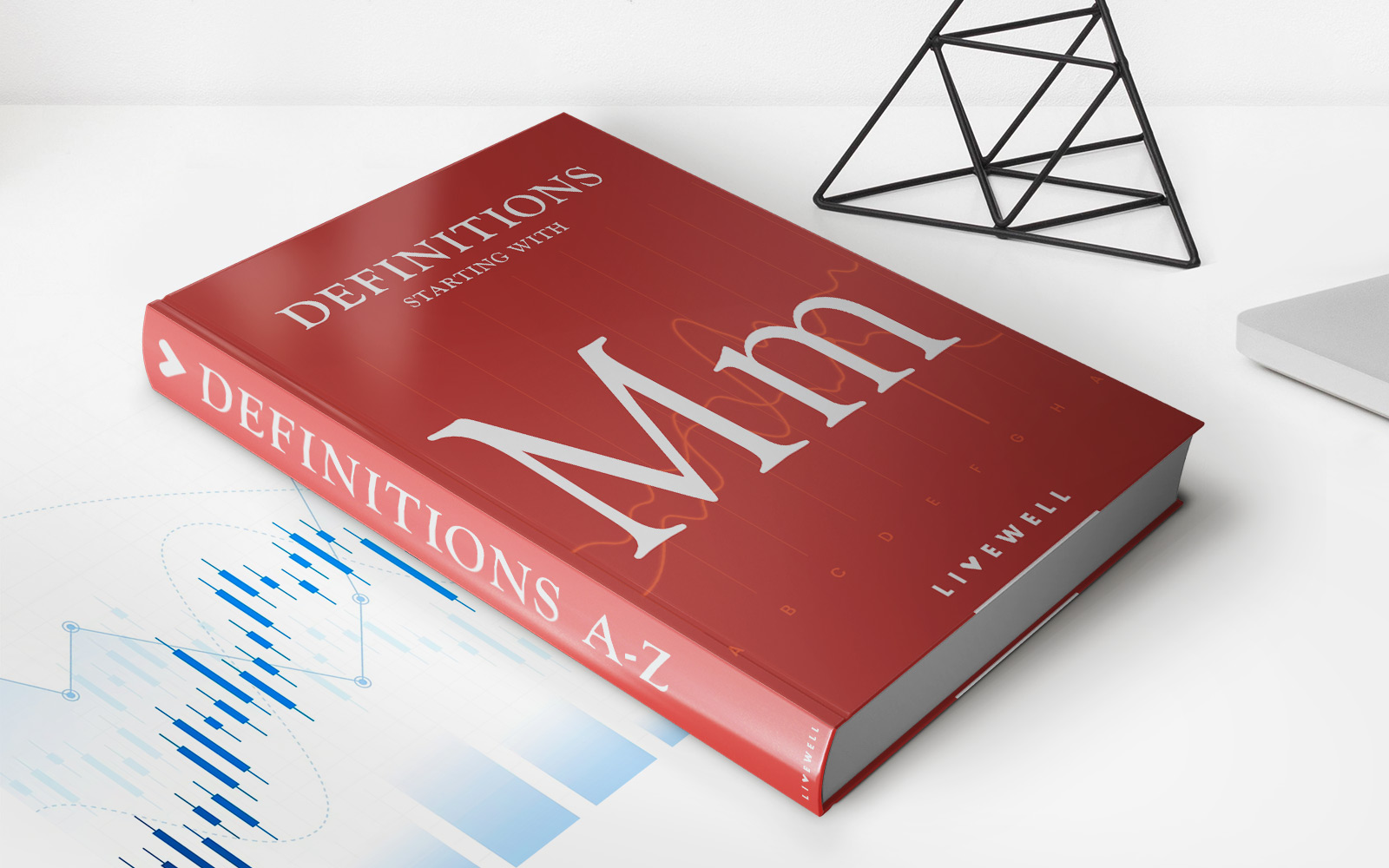Home>Finance>What Specific Cultural Challenges Do Companies Face During Mergers And Acquisitions?


Finance
What Specific Cultural Challenges Do Companies Face During Mergers And Acquisitions?
Published: February 24, 2024
Discover the cultural challenges companies encounter during mergers and acquisitions in the finance sector and how to navigate them successfully. Explore expert insights now!
(Many of the links in this article redirect to a specific reviewed product. Your purchase of these products through affiliate links helps to generate commission for LiveWell, at no extra cost. Learn more)
Table of Contents
Introduction
Mergers and acquisitions (M&A) are complex business transactions that involve the consolidation of companies to achieve strategic objectives such as expansion, diversification, or increased market share. While M&A can offer numerous benefits, they also present significant challenges, particularly in the realm of corporate culture. The cultural aspect of M&A is often underestimated, yet it plays a pivotal role in the success or failure of these endeavors.
When two organizations with distinct cultures come together, clashes are almost inevitable. These clashes can stem from differences in communication styles, leadership approaches, decision-making processes, and overall work environment. The amalgamation of disparate corporate cultures can lead to a myriad of challenges, including decreased employee morale, increased turnover, and a decline in productivity. As such, it's imperative for companies engaging in M&A to recognize and address these cultural challenges proactively.
In this article, we will delve into the specific cultural challenges that companies encounter during mergers and acquisitions. By understanding these challenges and their implications, organizations can develop effective strategies to mitigate the negative impact of cultural disparities and foster a harmonious post-merger environment. Let's explore the intricacies of cultural integration in the context of M&A and uncover the strategies that can pave the way for successful organizational unification.
Understanding Cultural Challenges in Mergers and Acquisitions
One of the primary cultural challenges in mergers and acquisitions is the clash of organizational values and norms. Each company has its unique set of values, beliefs, and practices that have evolved over time, shaping its identity and guiding employee behavior. When two distinct cultures converge, discrepancies in these fundamental aspects can lead to friction and discord.
Communication barriers also emerge as a prevalent cultural challenge. Differences in communication styles, language barriers in multinational M&A, and varying levels of transparency can impede effective information dissemination and collaboration. Misunderstandings and misinterpretations may arise, exacerbating tensions and hindering the integration process.
Moreover, leadership misalignment poses a significant obstacle. The leadership styles and management approaches of the merging entities may diverge, causing confusion and resistance among employees. Inconsistencies in decision-making processes, authority structures, and strategic visions can create uncertainty and erode trust within the workforce.
Another critical aspect is the impact on employee morale and engagement. Cultural clashes can lead to a sense of alienation and insecurity among employees, particularly if their familiar work environment undergoes substantial changes. This can result in decreased motivation, increased stress, and a decline in overall job satisfaction, ultimately affecting performance and retention rates.
Furthermore, the integration of organizational systems and processes presents a formidable cultural challenge. Disparate IT systems, operational procedures, and performance evaluation methods must be harmonized to facilitate seamless operations. Resistance to change and the difficulty of aligning disparate systems can impede the post-merger transition and disrupt business continuity.
By comprehensively understanding these cultural challenges, organizations embarking on M&A endeavors can anticipate the complexities that lie ahead. Recognizing the multifaceted nature of cultural integration enables companies to proactively address these challenges and implement tailored strategies to navigate the intricate terrain of organizational unification.
The Impact of Cultural Challenges on Mergers and Acquisitions
The cultural challenges inherent in mergers and acquisitions can exert a profound impact on the overall success and sustainability of the consolidated entity. These challenges, if left unaddressed, can permeate every facet of the organization, influencing employee dynamics, operational efficiency, and ultimately, financial performance.
One of the most palpable impacts of cultural challenges is the erosion of employee morale and cohesion. When employees from the merging entities grapple with cultural disparities, it can breed a sense of disengagement, disillusionment, and even animosity. This not only impedes collaboration and teamwork but also diminishes individual and collective productivity, hindering the organization’s ability to achieve synergy and maximize its potential.
Furthermore, cultural challenges can precipitate a surge in employee turnover. The uncertainty and discomfort stemming from cultural clashes may prompt talented individuals to seek opportunities elsewhere, leading to a brain drain that undermines the organization’s intellectual capital and disrupts continuity. High turnover rates also entail substantial recruitment and onboarding costs, exacerbating the financial strain on the merged entity.
Operational disruptions are another consequential impact of cultural challenges in M&A. When cultural disparities impede the integration of processes, systems, and workflows, it can lead to inefficiencies, errors, and delays in delivering products or services. This can tarnish the organization’s reputation, alienate customers, and erode market share, posing a tangible threat to its competitive standing and long-term viability.
Moreover, the financial ramifications of cultural challenges cannot be overlooked. The costs associated with addressing and mitigating cultural conflicts, such as restructuring initiatives, training programs, and change management efforts, can exert a significant strain on the organization’s financial resources. Additionally, any decline in operational performance and market position resulting from cultural integration issues can have enduring implications for the company’s bottom line.
By recognizing the pervasive impact of cultural challenges, organizations can appreciate the imperative of proactively addressing these issues to safeguard the success of the M&A process. Through strategic interventions and a concerted focus on cultural alignment, companies can mitigate these adverse effects and pave the way for a cohesive, resilient, and high-performing post-merger organization.
Strategies for Overcoming Cultural Challenges
Addressing cultural challenges in the context of mergers and acquisitions demands a strategic and multifaceted approach that encompasses proactive planning, open communication, and deliberate interventions. By implementing targeted strategies, organizations can navigate the complexities of cultural integration and foster a cohesive and harmonious post-merger environment.
First and foremost, cultivating a deep understanding of the existing cultures within the merging entities is paramount. Conducting comprehensive cultural assessments and audits can illuminate the unique values, communication patterns, and organizational norms prevalent in each company. This insight serves as a foundation for devising tailored integration strategies that acknowledge and reconcile cultural disparities.
Open and transparent communication plays a pivotal role in mitigating cultural challenges. Establishing channels for dialogue, feedback, and cross-cultural exchange enables employees to voice their concerns, share perspectives, and bridge cultural divides. Transparent communication also fosters a sense of inclusivity and fosters trust, essential elements for nurturing a unified organizational culture.
Leadership alignment and engagement are instrumental in driving cultural integration. Leaders from both entities must demonstrate a unified commitment to fostering a shared organizational culture. By aligning their messaging, embodying cultural inclusivity, and actively participating in cross-cultural initiatives, leaders can set a precedent for cultural synergy and inspire employees to embrace the evolving organizational identity.
Equally vital is the implementation of targeted cultural integration programs. These initiatives encompass cultural sensitivity training, cross-cultural team-building activities, and mentorship programs that pair employees from different backgrounds. By fostering understanding, empathy, and collaboration, these programs facilitate the gradual convergence of disparate cultures into a cohesive and inclusive organizational fabric.
Additionally, organizations can leverage cultural ambassadors or change agents to champion the integration process. These individuals, drawn from diverse levels and departments within the organization, serve as advocates for cultural alignment, disseminate best practices, and catalyze cultural change by exemplifying the desired behaviors and values.
By adopting these strategies and customizing them to suit the specific cultural dynamics at play, organizations can surmount the formidable challenges posed by cultural disparities in mergers and acquisitions. Through concerted efforts to bridge cultural divides, organizations can cultivate a unified, resilient, and culturally vibrant entity that harnesses the collective strengths of its diverse workforce.
Conclusion
Mergers and acquisitions are intricate endeavors that transcend financial and operational considerations, delving into the realm of corporate culture. The cultural challenges inherent in M&A, encompassing divergent values, communication barriers, leadership misalignment, and employee disengagement, can exert a profound impact on the success and sustainability of the consolidated entity. However, by acknowledging these challenges and implementing targeted strategies, organizations can navigate the complexities of cultural integration and pave the way for a harmonious and high-performing post-merger environment.
It is imperative for companies embarking on M&A initiatives to recognize the significance of cultural alignment and proactively address the cultural disparities that arise. Through comprehensive cultural assessments, open communication, and leadership engagement, organizations can lay the groundwork for a seamless integration process that fosters inclusivity, collaboration, and shared organizational values.
By investing in cultural integration programs, leveraging change agents, and championing cross-cultural initiatives, companies can cultivate a unified organizational culture that harnesses the collective strengths of the merging entities. This not only mitigates the adverse impact of cultural challenges on employee morale, turnover, and operational efficiency but also fosters a resilient and culturally vibrant organization poised for sustainable success.
In essence, the successful navigation of cultural challenges in mergers and acquisitions hinges on a strategic and empathetic approach that prioritizes cultural synergy and inclusivity. By embracing the diversity of cultures within the merging entities and steering them towards a shared organizational identity, companies can transcend the obstacles posed by cultural disparities and emerge as cohesive, resilient, and high-performing entities in the post-merger landscape.














